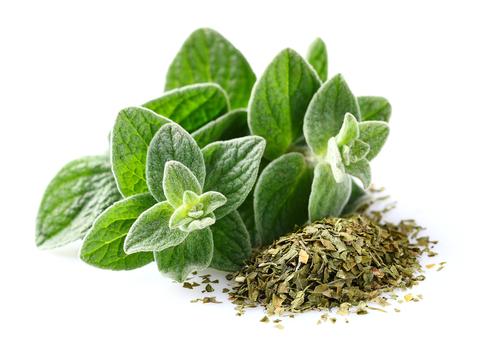The history of oregano begins in ancient Greece.
The word “oregano” is derived from two Greek words, “oros" (mountain) and “ganos” (joy), giving it the meaning of “joy of the mountain.” It is believed that Aphrodite, the goddess of love and beauty, created oregano as a symbol for happiness and joy. She grew the herb in her garden on Mount Olympus.






